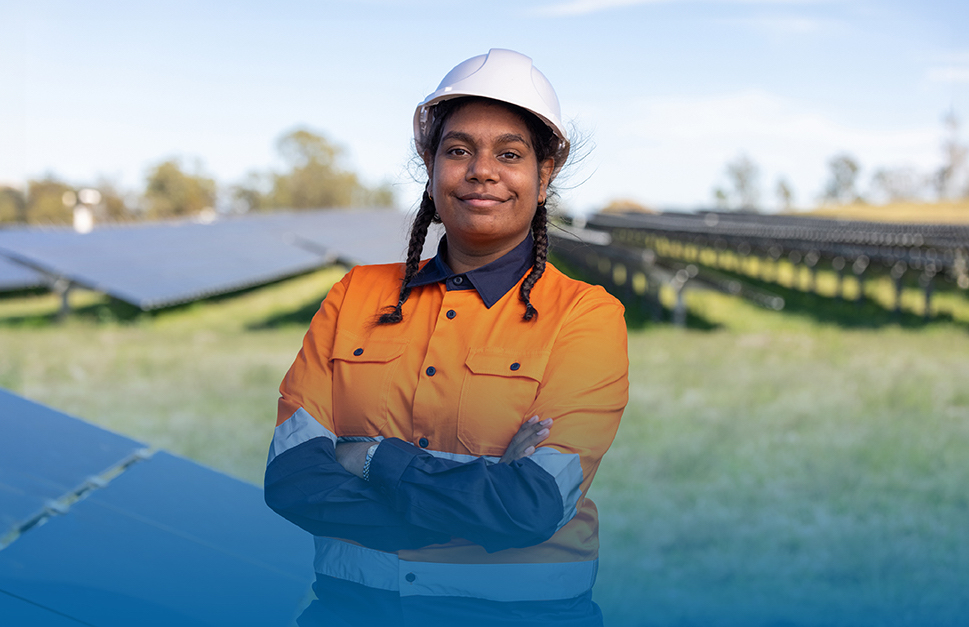In the construction industry, Indigenous engagement isn't just a buzzword; it's an ethical imperative and a strategic advantage.
The construction industry's relationship with Indigenous communities holds immense significance, marking not just a project's success but a commitment to respect, collaboration, and shared prosperity.
Recognising and integrating Indigenous perspectives, knowledge, and participation in construction projects is crucial for fostering inclusive economic development, honouring cultural heritage, and ensuring sustainable practices.
Moreover, tracking specific metrics is pivotal for effective engagement. They not only quantify progress but also serve as a compass, guiding companies towards meaningful partnerships and long-term relationships.
By measuring these aspects, construction firms can evaluate their impact, improve strategies, and uphold their commitment to meaningful Indigenous engagement, fostering a more diverse, resilient, and socially responsible industry.
Understanding Indigenous Engagement
- Meaningful Indigenous engagement is deeply rooted in acknowledging the cultural heritage, traditional knowledge, and aspirations of Indigenous peoples through learning, fostering genuine relationships, and integrating these elements into every stage of the project.
- Moreover, it encompasses social aspects by prioritising community well-being, promoting local employment, skill development, and honouring the socio-economic needs of Indigenous groups when it comes to all built environments. This is realised through shared decision-making between Indigenous communities and project stakeholders.
- Economic aspects play a pivotal role as well, emphasising equitable economic opportunities, fair compensation, and fostering sustainable economic growth within Indigenous communities.
A truly meaningful engagement metric involves the holistic integration of cultural, social and economic dimensions, ensuring that construction projects contribute positively to Indigenous empowerment, self-determination and long-term prosperity.
A great way to get started on your journey is to develop a Reconciliation Action Plan or RAP. RAPs have enabled organisations to take meaningful action towards advancing reconciliation in Australia in a way that is sustainable and strategic.
To learn more, check out our article on the 5 Ways to Deliver on Your RAP By Using an Indigenous Construction Company.
Monitoring Key Metrics
With or without a RAP, you can measure certain metrics to ensure you are on the right track to doing your part to increase Indigenous engagement. Below are a few key ones to consider:
Community Participation Metrics
- Community Involvement Rate - Gauge the percentage of local Indigenous community members actively participating in projects.
- Skill Development Programs Impact - Measure the effectiveness of initiatives aimed at enhancing skills within Indigenous communities.
Employment Metrics
- Indigenous Workforce Representation - Calculate the percentage of Indigenous individuals within the construction workforce.
- Retention and Career Advancement - Assess retention rates and opportunities for career growth among Indigenous employees.
Cultural Integration Metrics
- Cultural Awareness Training - Evaluate the level of understanding and integration of Indigenous cultural practices within companies.
- Partnerships and Cultural Respect - Highlight respectful collaborations with Indigenous communities.
Economic Impact Metrics
- Local Procurement and Business Engagement - Track procurement from Indigenous-owned businesses.
- Contribution to Local Economies - Assess the financial impact of construction projects on Indigenous economies.
It goes without saying that successful implementation requires robust data collection, analysis, and adaptive strategies. Consistency in monitoring and a willingness to adapt are also key.
Looking at the Bigger Picture
Not only is measuring the right metrics great for your individual business but for the overall journey to reconciliation in Australia.
A great example of these metrics being measured is the annual report published by Reconciliation Australia on the impact of organisations who have adopted RAPs. The 2023 Snapshot highlights increased participation in cultural learning and in employment and procurement opportunities, e.g., 76,953 Aboriginal and Torres Strait Islander people who were employed by an organisation with a RAP in 2023.
Tracking metrics for Indigenous engagement isn’t just a responsibility—it's an opportunity. By employing these metrics and fostering meaningful engagement, the construction industry can truly create a landscape where both projects and communities flourish.
If you’d like to learn more about BY Group's construction experience, capability and approach, please get in touch to discuss your next project and how we can assist in meeting your Indigenous engagement goals.

